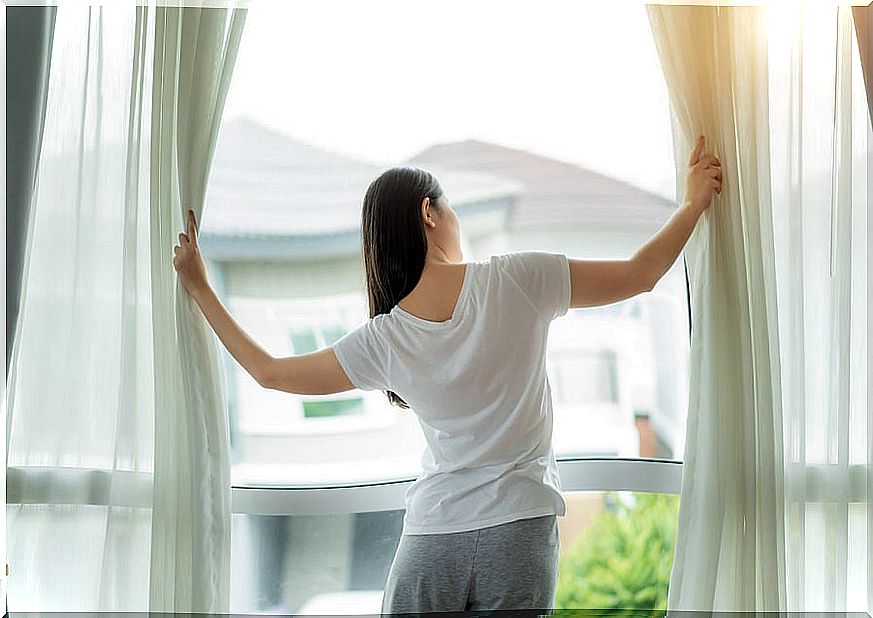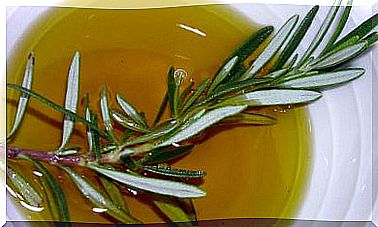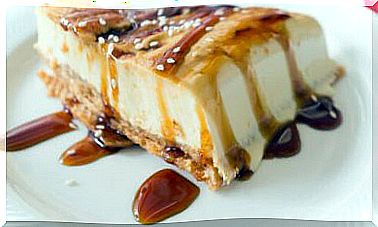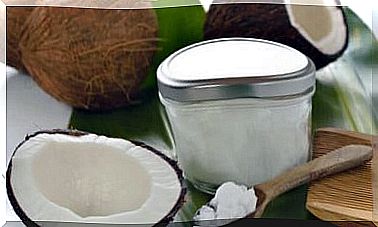How To Make A Homemade Acoustic Insulation
Noise is a common annoyance anywhere. In fact, noise pollution exists and more in urbanized areas. Whether it is because of the neighbor, the noise in the street, the sound of the machinery or because you do not want what is happening in your room to be heard, you must be wondering how to make a homemade acoustic insulation.
Acoustic insulation refers to preventing a sound from leaving or entering a place, reducing noise in a certain area and isolated with different materials.
Before we start, we make it clear that there are homemade acoustic insulators and acoustic conditioners, which are not the same. Conditioning a place from the acoustic point of view is to do it so that the sound sounds good in the room.
Different acoustic insulators on the market
Acoustic insulators are materials that reduce the noise that enters a room from outside.
Sound is transmitted by vibrations moving through the air. Sound waves travel and collide with a barrier of some kind, preventing sound from entering a space. It can be done with sound absorption or noise reduction.
Noise reduction can be achieved by putting space between rooms, so the sound has more room to dissipate.
The case of noise absorption is a damping. The energy from the sound wave is converted into heat in the insulation, suppressing echoes and reverberation. By reverberation we mean the reflections of sound in a room.

Pyramid-shaped foam rubber acoustic insulation
This type of insulation is what we get in recording studios and theater. These are foam plates with different densities and thicknesses.
You must locate the one you need depending on the space that you must soundproof. What it does is absorb noise and prevent reverb.
Foam chipboard
It is a foam agglomerate that can be used to reduce noise from any direction. They are acoustic foam plates that can be placed on ceilings and walls.
They also have a thermal insulating function. They come in different thicknesses and densities.
Aluminum insulators
Aluminum is a material with high conductivity, so in addition to being an acoustic insulator, it is thermal. It is made up of several layers of aluminum and polyethylene, although it can also include polyester.
Rock wool
The rock wool panel has an insulating core and two rigid outer layers. The material is made up of volcanic rock. It provides thermal, acoustic, flame retardant insulation properties and prevents the development of microorganisms.
Fiberglass
Fiberglass is composed of silica sand, sodium carbonate, and limestone. These materials heat up to 1500 degrees Celsius. It is there when the filaments that intertwine to form it emerge.
As an acoustic insulator it helps to reduce airborne noise, reverberation, sound that comes from outside and that produced inside the home.
Soundproof paint
It is a type of paint that can be used on any surface that normal paint can be used on. It works only with noise levels of up to 52 decibels, although you should ask the seller how much the one to be purchased covers.
How to make a homemade acoustic insulation
If you don’t have enough money to do a mineral wool installation job, you can also apply some tricks to stop the noise using a homemade acoustic insulation.
All following the principle that the thicker the material, the more it is insulated. What is actually done is putting acoustic barriers or structures that function as devices that mitigate sounds.
Carpets, curtains and tapestries
This is an easy method to isolate the house from noise. You can install a very thick carpet that will serve as an obstacle so that the sound does not penetrate and bounce off the floors.
Curtains and wall hangings of consistent fabrics like velvet, heavy linen, and corduroy will help. It is a cheap way if you live in a building and the neighbor below makes a lot of noise.
Book shelves
Another inexpensive way to reduce noise is to put bottom shelves on the walls. If they contain books, they will muffle the sound. You can also place cabinets or furniture on the walls. Other barriers can be mirrors and pictures.
Window conditioning
Windows are conductors of sound par excellence. In fact, by their own vibration they generate noise. It is usually a common problem in homes that are in urban areas.
It is recommended to change to windows with more acoustic efficiency glass or to put a double pane. To avoid vibration, elastic supports can be placed on the frame.
To soundproof a window at home there are several options. The first is to use a heavy curtain to act as a barrier.
Attention should also be paid to cracks and joints, sealing with polyurethane foam or silicone if the gap is small. This step should be done first with the outside of the window and then with the inside. If there are joints in the glass they must be sealed with rubber gaskets.

False ceiling
The false ceiling consists of the installation of a ceiling 10 centimeters from the original to create an air chamber that absorbs noise. Installation is usually not that expensive; it’s all a matter of looking for budgets.
A homemade sound insulator can bring peace of mind
Remember that what will isolate you from noise will be the thickness of the materials, so using egg cartons to soundproof is a myth, since it is a very fine substance that will not meet the objective.
To apply any remodeling to your home you must rely on your trusted construction builder or resort to little tricks that will save you some bills. In some cases, it’s just a matter of testing and seeing if it’s really the right thing to do. It is worth the effort to sleep, work or study in peace.









